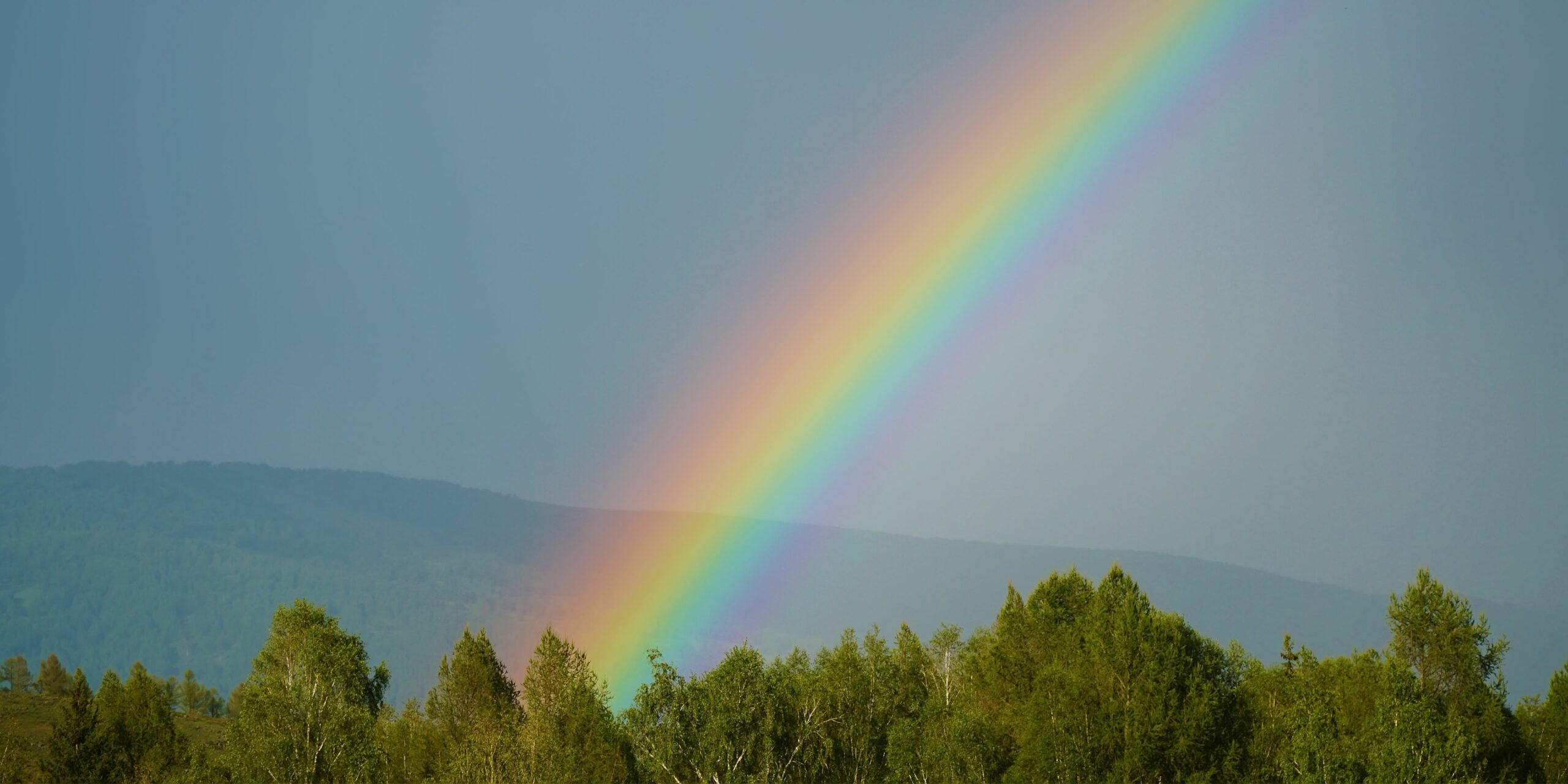Colors have an undeniable influence on our emotions and perceptions, playing a significant role in shaping our moods and reactions to the world around us. This phenomenon has been explored through various lenses, including psychology, art, and even ancient mystical traditions like Kabbalah. In this article, we will delve into the fascinating realm of how colors affect our emotions, with a special emphasis on the insights offered by the Kabbalistic perspective.
Psychological Impact of Colors:
In the field of psychology, the study of color psychology examines how different hues can evoke specific emotional responses. Here are some commonly associated emotions with particular colors:
- Red: Known for stimulating energy and passion, red is associated with strong emotions such as love, anger, and excitement. It can also increase heart rate and create a sense of urgency.
- Blue: Often linked to calmness and tranquility, blue has a soothing effect on the mind. Lighter shades promote feelings of serenity, while darker blues can convey a sense of stability and professionalism.
- Yellow: A color associated with positivity and energy, yellow is known to evoke feelings of happiness and warmth. It can stimulate mental activity and enhance creativity.
- Green: Symbolizing nature and growth, green is often associated with balance and harmony. It has a calming effect and is believed to alleviate stress.
- Purple: Combining the energy of red and the calmness of blue, purple is associated with luxury, spirituality, and creativity. It can evoke a sense of mystery and sophistication.
Kabbalah and Color Symbolism:
Kabbalah, a mystical tradition within Judaism, also delves into the significance of colors, associating them with various spiritual and emotional states. In the Kabbalistic Tree of Life, each sefirah (emanation) is linked to a specific color, reflecting the energy and attributes associated with that aspect of divinity.
- Red (Gevurah): In Kabbalah, red is often associated with Gevurah, representing strength and severity. It is the energy of discipline and judgment, emphasizing the importance of setting boundaries.
- Blue (Chesed): Chesed, representing loving-kindness, is associated with the color blue. This color symbolizes compassion, generosity, and the expansive, giving nature of divine love.
- Yellow (Tiferet): Tiferet, often associated with the heart, is linked to the color yellow. It represents beauty, balance, and harmony, reflecting the integration of diverse qualities.
- Green (Netzach): Netzach, associated with eternity and endurance, is represented by the color green. This color symbolizes the flourishing of spiritual qualities and the victory of perseverance.
- White (Keter): Keter, the highest sefirah, is often associated with the color white. It represents divine unity, the source of all creation, and the highest level of spiritual consciousness.
Conclusion:
The impact of colors on our emotions is a rich and multifaceted subject, explored through the lenses of both psychology and ancient mystical traditions like Kabbalah. Whether we are aware of it or not, colors play a crucial role in shaping our perceptions of the world and influencing our emotional states. By understanding these connections, we can harness the power of colors to create environments that promote positive emotions, balance, and spiritual well-being in our daily lives.

